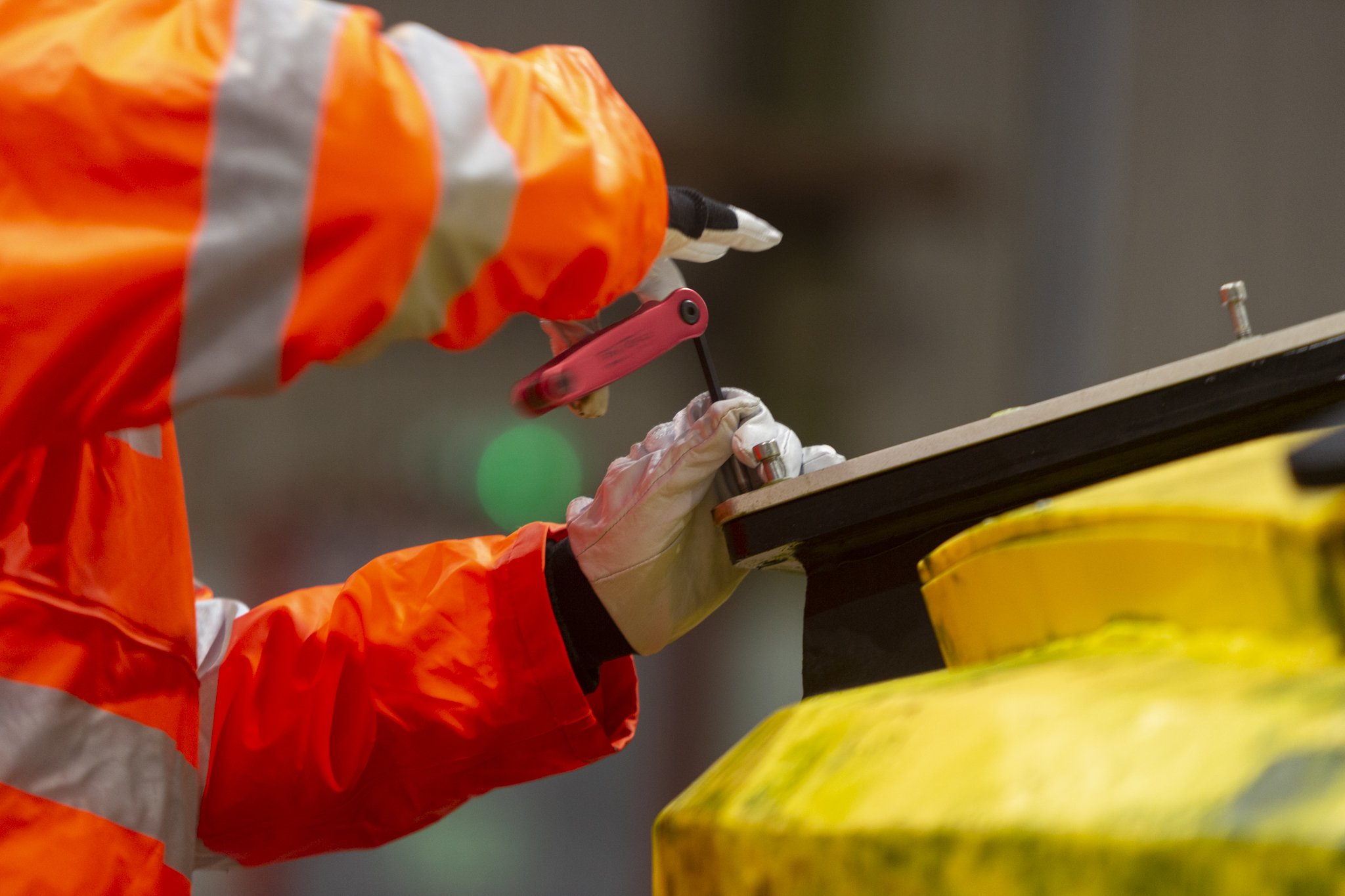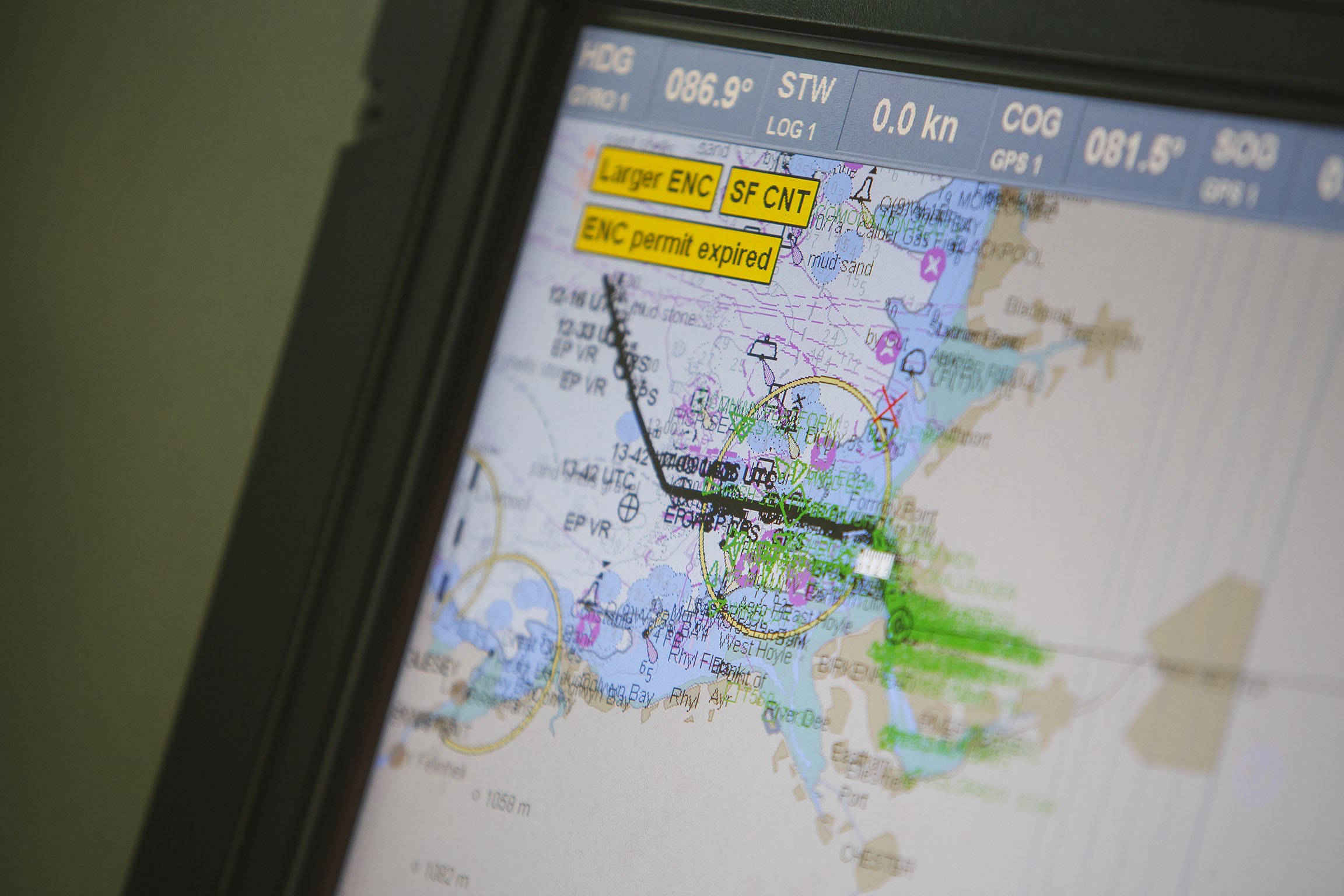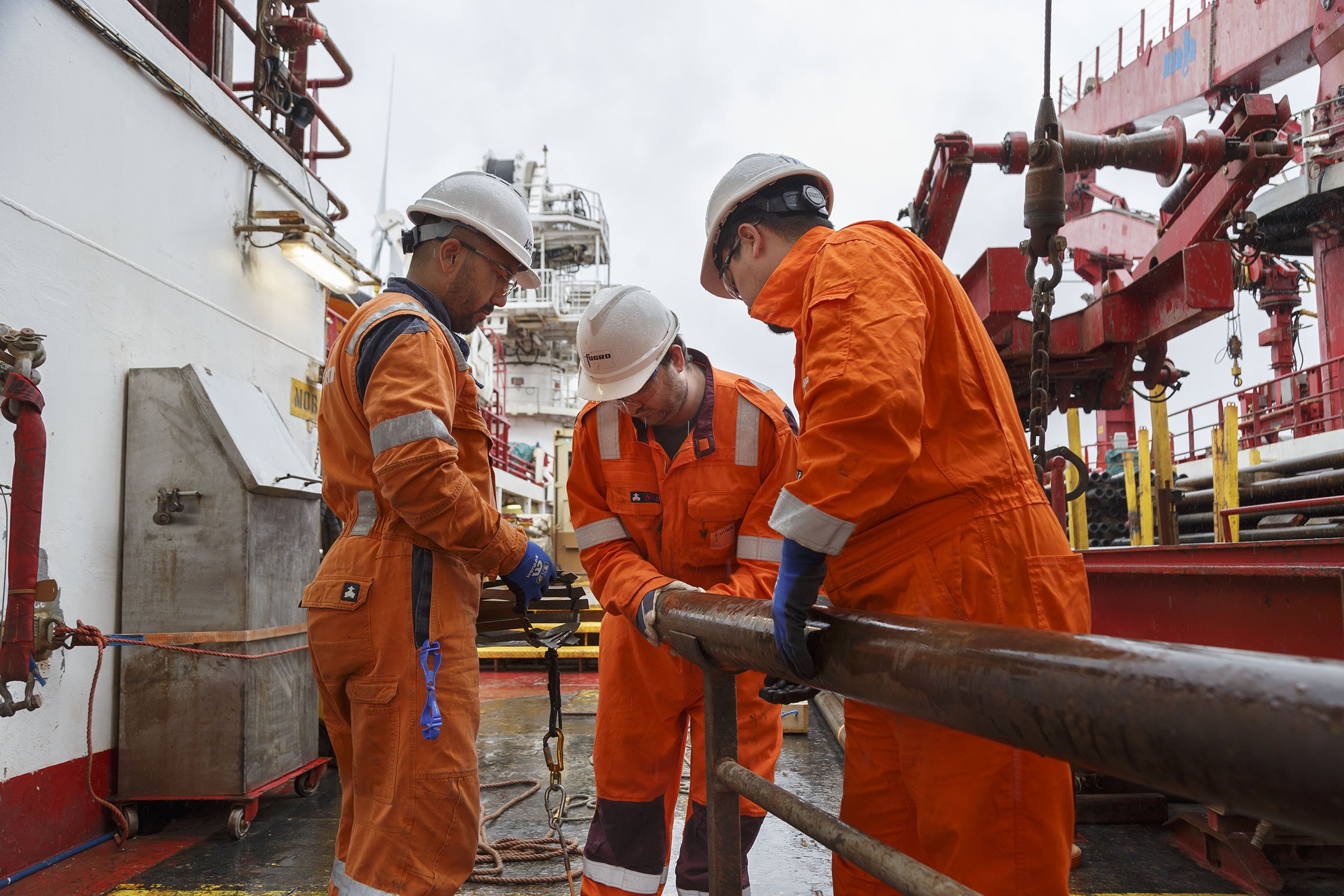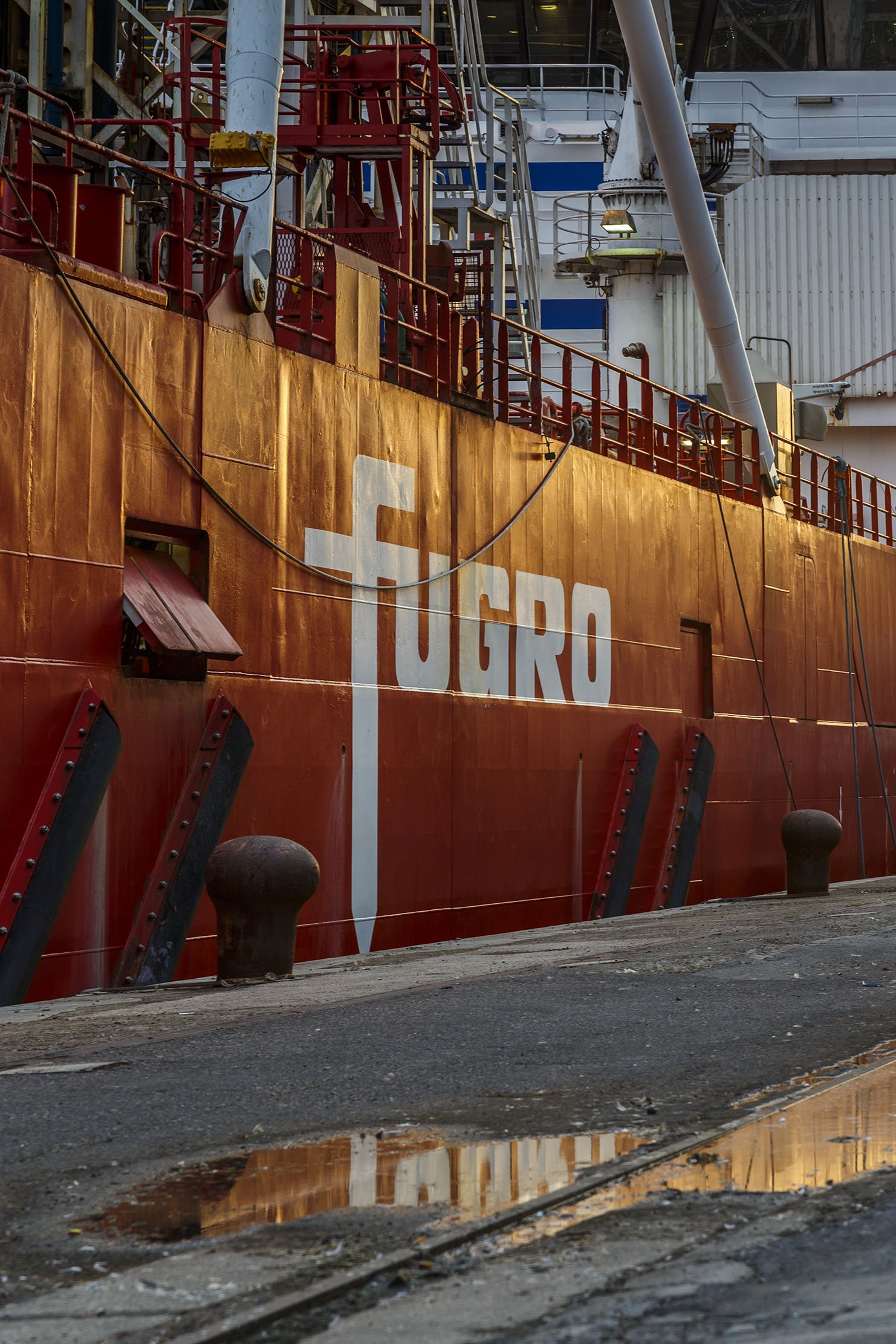I always look forward to working at the Adidas Marketing conferences and seeing what Jules from TOL Events can do to surpass her last superb event.
This time we were at Factory International, Manchester making full use of the auditorium for the presentations, fashion show, interviews and beatboxing until the curtain dropped on the giant warehouse housing a full-size fun fair with added Juergen Klopp.
I’m looking forward to the next one.























































